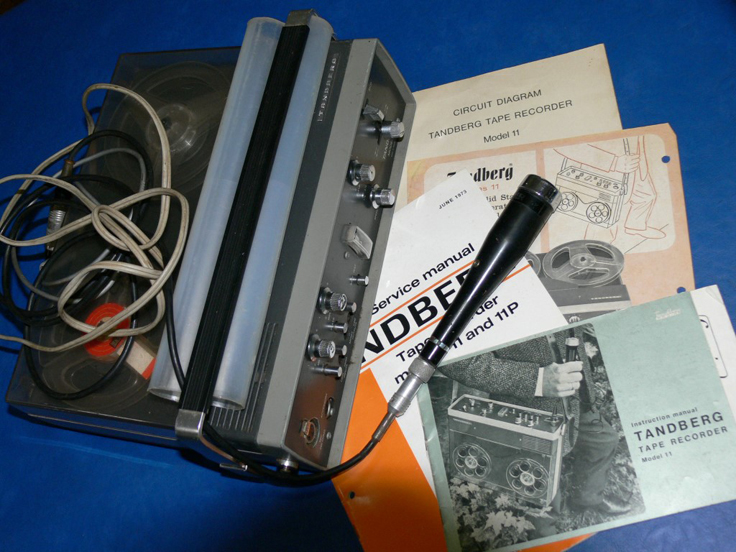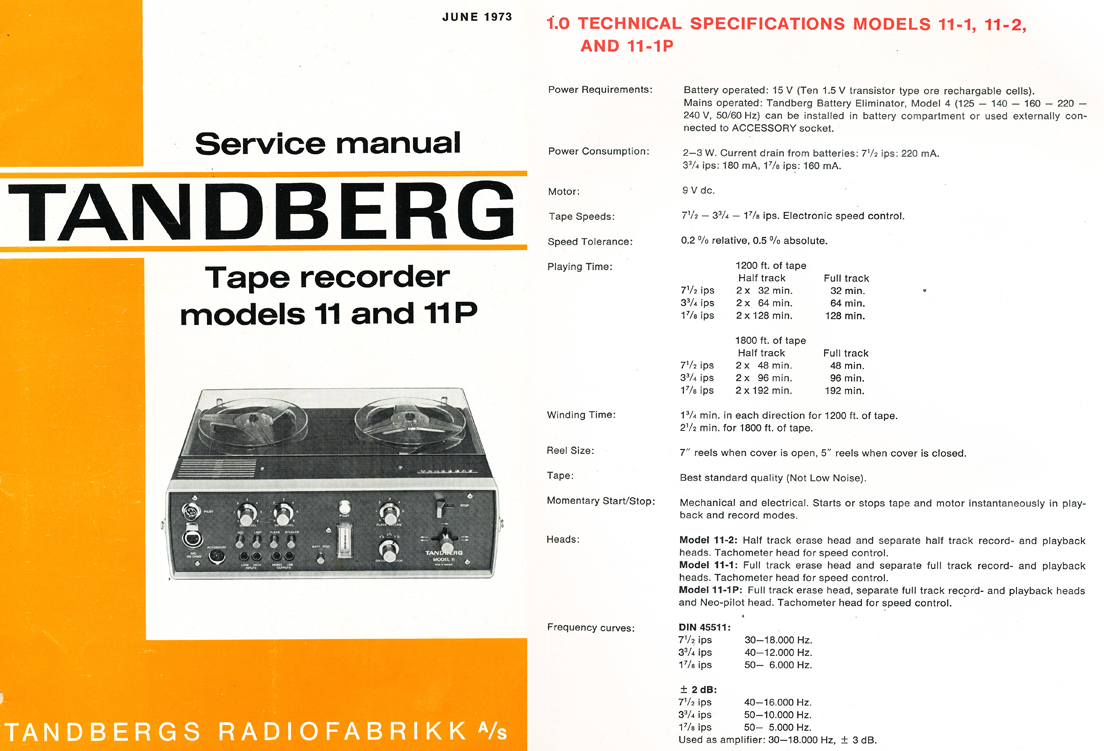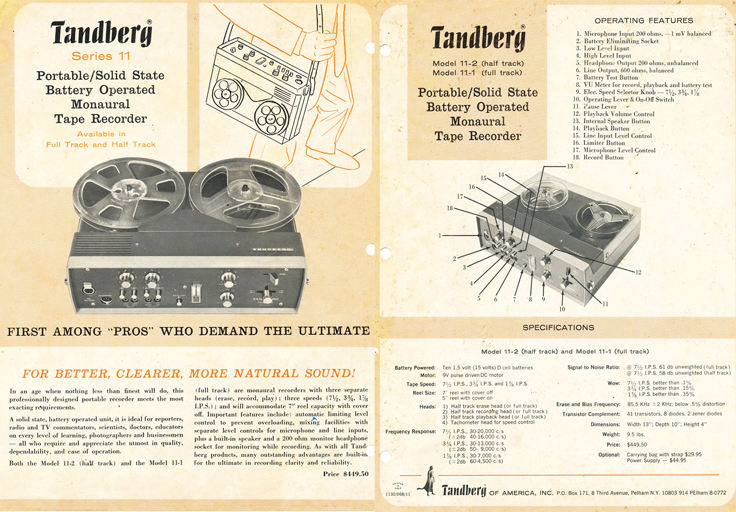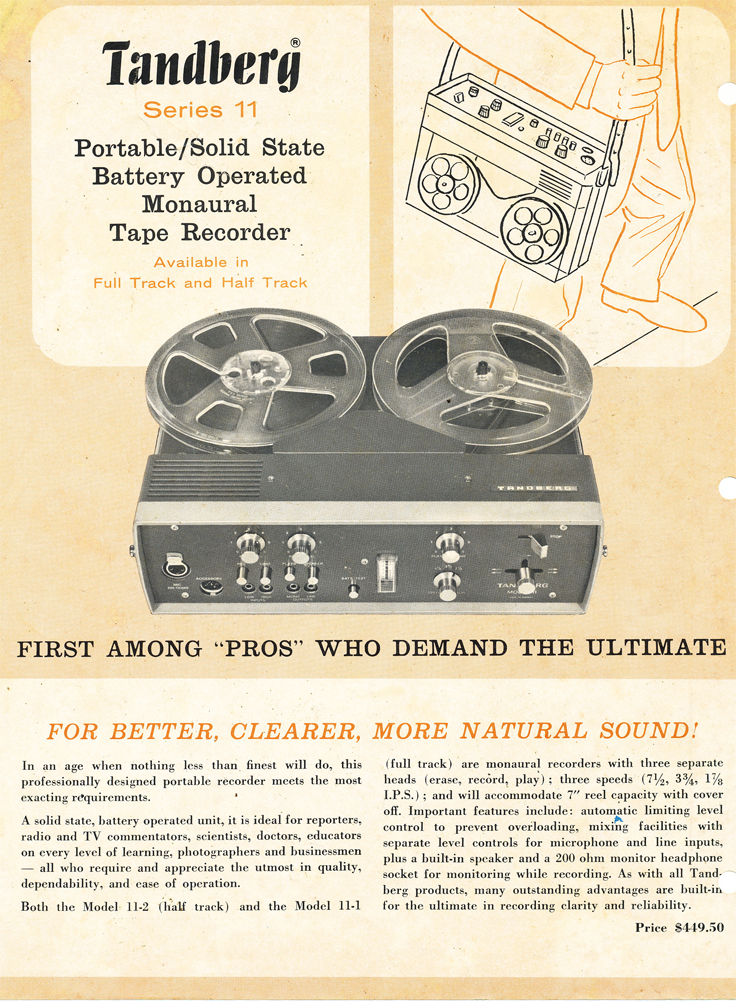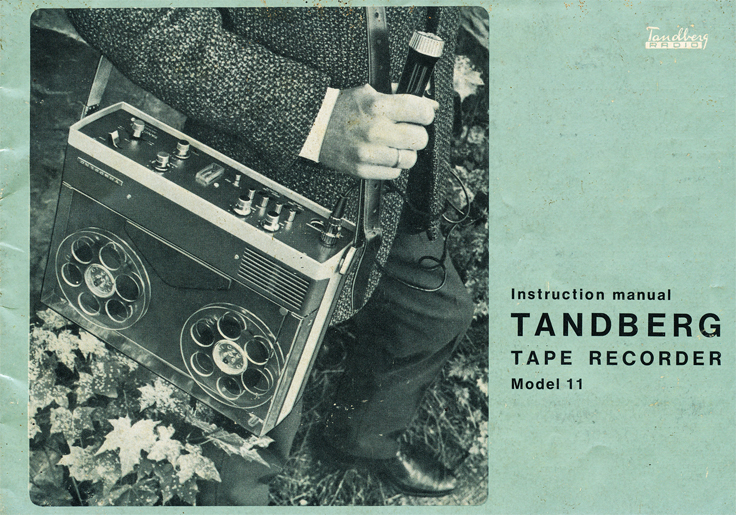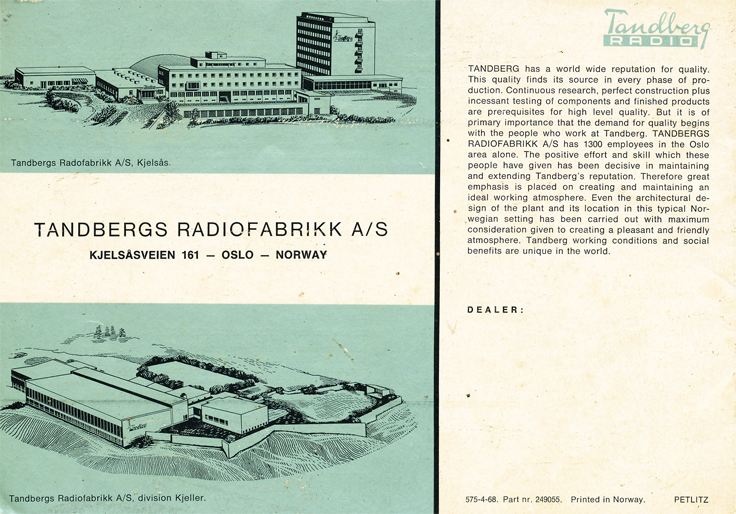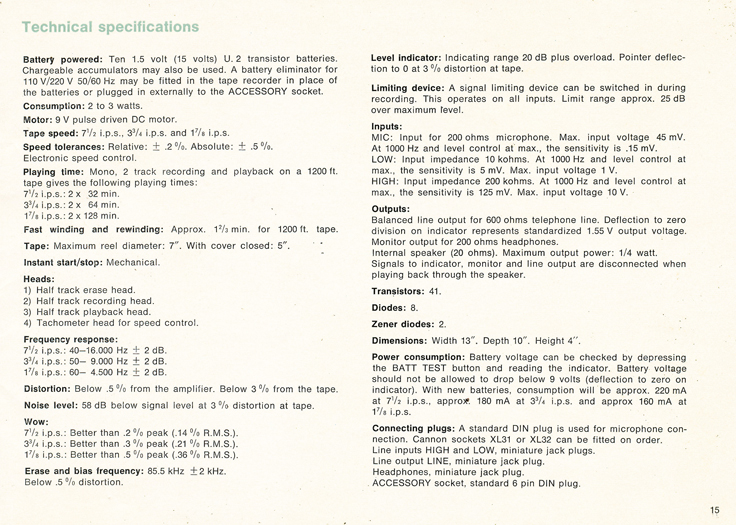

News coverage #1 • News coverage #2 • News coverage #3 •view trailer of the 7 hour collection
Interviews and StoriesPreserving the stories of significant individuals in sound recording generally and magnetic recording specifically is a major project of MOMSR. The Museum’s goal is to document the stories of those persons who contributed significant inventions, manufactured equipment and who engineered and produced audio recordings, especially in the areas of music, broadcast, film/video and science. These interviews will be available on MOMSR’s web site and in the permanent facility when it is created. These interviews have also been made available to the Audio Engineering Society (AES) and the National Academy of Recording Arts and Sciences (Grammy’s).
Tandberg
The Museum of Magnetic Sound Recording greatly appreciates Dr Bruce A Sommer providing us with the following information on his donated Tandberg.
I attach a photo of the Tandberg gear.
It comprises:
Tandberg II with original Tandberg tape reel, a 5" Scotch reel (unused (not shown)) and AC power adapter (currently set for 240v AC with Australian plug)
Battery cage (plastic; there's a crack in it I'd been unaware of)
Handle
Documentation: original advert, user's manual, circuit diagram, service manual
Grampian DP4 microphone used with the unit, and brochure (not shown).I was a graduate student of the University of Hawaii in mid-1969, preparing for field work towards my PhD in linguistics. The target language for my thesis had a difficult (for English ears!) speech sound system, and I needed a quality machine to capture it all. I chose the Tandberg, though few back here in Australia had ever heard of them. I recorded materials from a tribal group on the western side of Cape York Peninsula, Queensland (at Kowanyama) and successfully completed my thesis in mid-1970. It was published a "Kunjen Syntax: A Generative View" in 1972. It depended on transcriptions of stories, songs and myths from this group (also known as the Oykangand).
The recorder went on to archive languages in the Paninsula – now lost – in 1972-75; some of these were written up in the 1990s and the analyses archived by the Australian Institute of Aboriginal and Torres Strait Islander Studies in Canberra. In 1999 I presented an MA thesis in Anthropology to the University of the Northern Territory also based on these recordings. This was published as "Speaking Kunjen: An Ethnography of Oykangand Kinship and Communication."
The original records were deposited as part of the Sommer Collection in the University of Queensland's Fryer Library.
I loved this machine; it won a special place in my heart because of its reliability and faithful reproduction of sound. It still works – although it takes a little time now to get up to speed. It's a fine tribute to Norwegian engineering after 44 years!! Alas the Tandberg outfit is no more – at least as a tape recording firm.
My brother Graham bought the associated Grampian DP4 microphone for me on one of his trips to the UK, and it has also been amazingly robust to have survived.
Please love them both as I have. I'll send them as soon as I can package them up and get to a Post Office (we live 40 miles out of town). Please send me an address for delivery.
Best wishes,
Dr Bruce A Sommer
Please help us create a permanent public home for this collection and other historical recording devices!
Tour our collection!
We offer seven hours of 50 video segments via download about our reel to reel tape recorder and microphone collection and the history of magnetic recording available at this link.
ORDER THE VIDEO FILES ON LINE - was
14.95NOW only $9.95
There are 50 QuickTime H264 854 X 480 files in this download. Play on MAC OS or Windows Media Player
While most content deals with the history and manufacturers of the reel to reel tape recorder, or tape deck, we cover many aspects of magnetic recording.
We provide 48 hours during which to download the files. After that the file access will expire. Once the files are downloaded they are yours to keep.
© 2018 Museum of Magnetic Sound Recording • Webmaster • All pictures and content on this web site are the property of the Theophilus family,the Museum of Magnetic Sound Recording and reel2reeltexas.com • Photos of items in our collection are available for sale. We do NOT provide copies of ads, nor photos from other sources! All photo work is billed at studio rates and a deposit is required.
